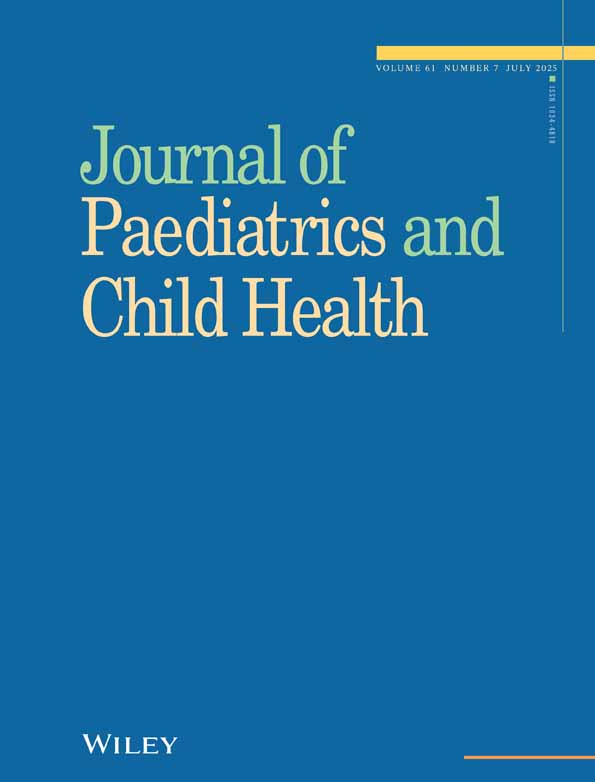Changing mortality and causes of death in infants 23–27 weeks’ gestational age
Abstract
Objective: To contrast the mortality rates and changes in the causes of death of very preterm infants (23–27 weeks), before and after the introduction of exogenous surfactant in 1991, and to identify any preventable causes of death remaining in the 1990s.
Methodology: This was a cohort study on consecutive preterm infants of 23–27 weeks’ gestational age born in the Royal Women’s Hospital, Melbourne, a level III perinatal centre. The infants were livebirths free of lethal anomalies from two distinct eras, 1983–90, and 1992–96, inclusive. The main outcome measures were mortality during the primary hospitalization and the causes of death before and after the introduction of exogenous surfactant in 1991.
Results: In 1983–90, 261 of 508 livebirths (51.4%) of 23–27 weeks’ gestational age died, a significantly higher proportion than the 109 of 384 (28.4%) livebirths who died in the period 1992–96. The mortality rate fell significantly with increasing gestational age and was lower at each week of gestational age in 1992–96. More infants who died in 1992–96 were treated intensively in the neonatal intensive care unit (NICU). Of the group of infants who died or who were treated intensively in NICU, respiratory causes of death predominated. However, the causes of death changed over time. In 1992–96 proportionally fewer infants died from respiratory causes (1983–90, 82.5%; 1992–96, 60.0%; odds ratio (OR) 0.31, 95%; confidence interval (CI) 0.16–0.57), but more from septic causes (1983–90, 14.3%; 1992–96, 43.8%; OR 4.9, 95%; CI 2.6–9.2).
Conclusions: As the mortality rate has fallen over time, respiratory causes of death have diminished, but septic causes of death have increased. Further advances in the use of exogenous surfactant and respiratory support may reduce respiratory deaths. Effective strategies to reduce nosocomial infections are urgently required.




